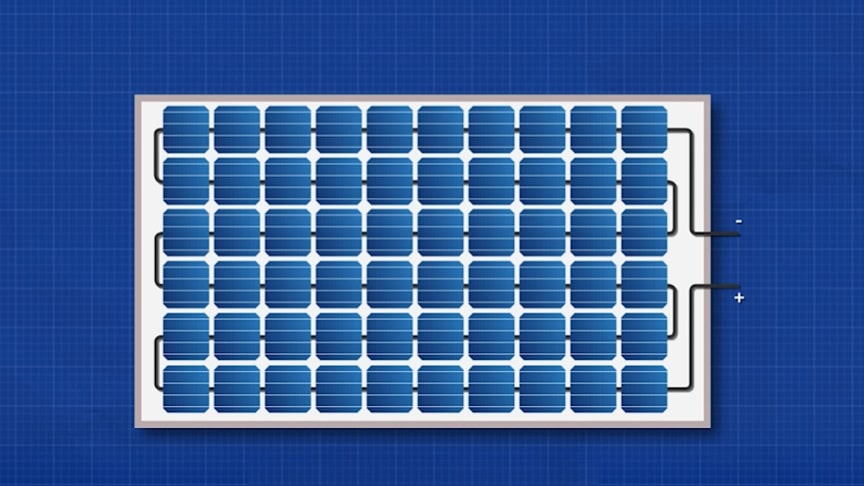In this video, we’ll explain how solar panels work and unravel the mysteries of how solar power works. We’ll discuss the different types of solar panels, how solar power works, the different solar panels for homes, the efficiency of solar panels and a deep dive into how solar cells work.Solar panels are made out of photovoltaic cells that convert the sun’s energy into electricity.
source.image: The Engineering Mindset
Photovoltaic cells are sandwiched between layers of semi-conducting materials such as silicon. Each layer has different electronic properties that energise when hit by photons from sunlight, creating an electric field. This is known as the photoelectric effect – and this creates the current needed to produce electricity.Photovoltaic modules consist of a large number of solar cells and use light energy (photons) from the Sun to generate electricity through the photovoltaic effect. Most modules use wafer-based crystalline silicon cells or thin-film cells.
The structural (load carrying) member of a module can be either the top layer or the back layer. Cells must be protected from mechanical damage and moisture. Most modules are rigid, but semi-flexible ones based on thin-film cells are also available. The cells are usually connected electrically in series, one to another to the desired voltage, and then in parallel to increase current.
Advertisement
The power (in watts) of the module is the voltage (in volts) multiplied by the current (in amperes), and depends both on the amount of light and on the electrical load connected to the module. In solar modules, the cells themselves need to be connected together to form the module, with front electrodes blocking the solar cell front optical surface area slightly. Manufacturers use varying rear electrode solar cell connection techniques:Passivated emitter rear contact (PERC) adds a polymer film to capture light,Tunnel oxide passivated contact (TOPCon) adds an oxidation layer to the PERC film to capture more light,Interdigitated back contact.//via











